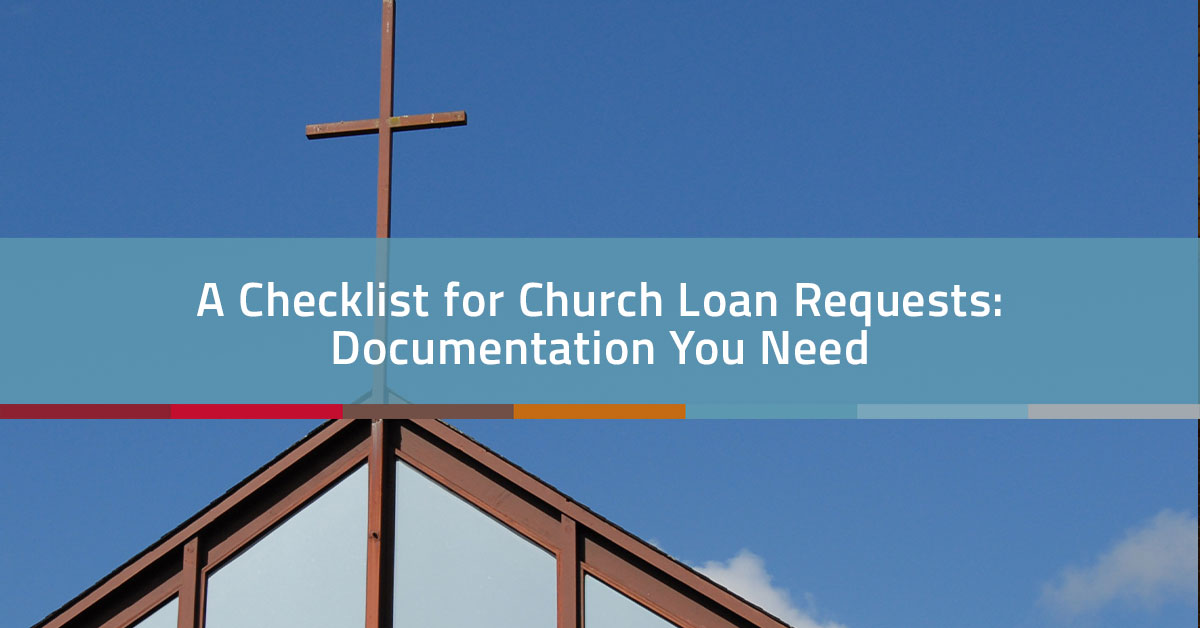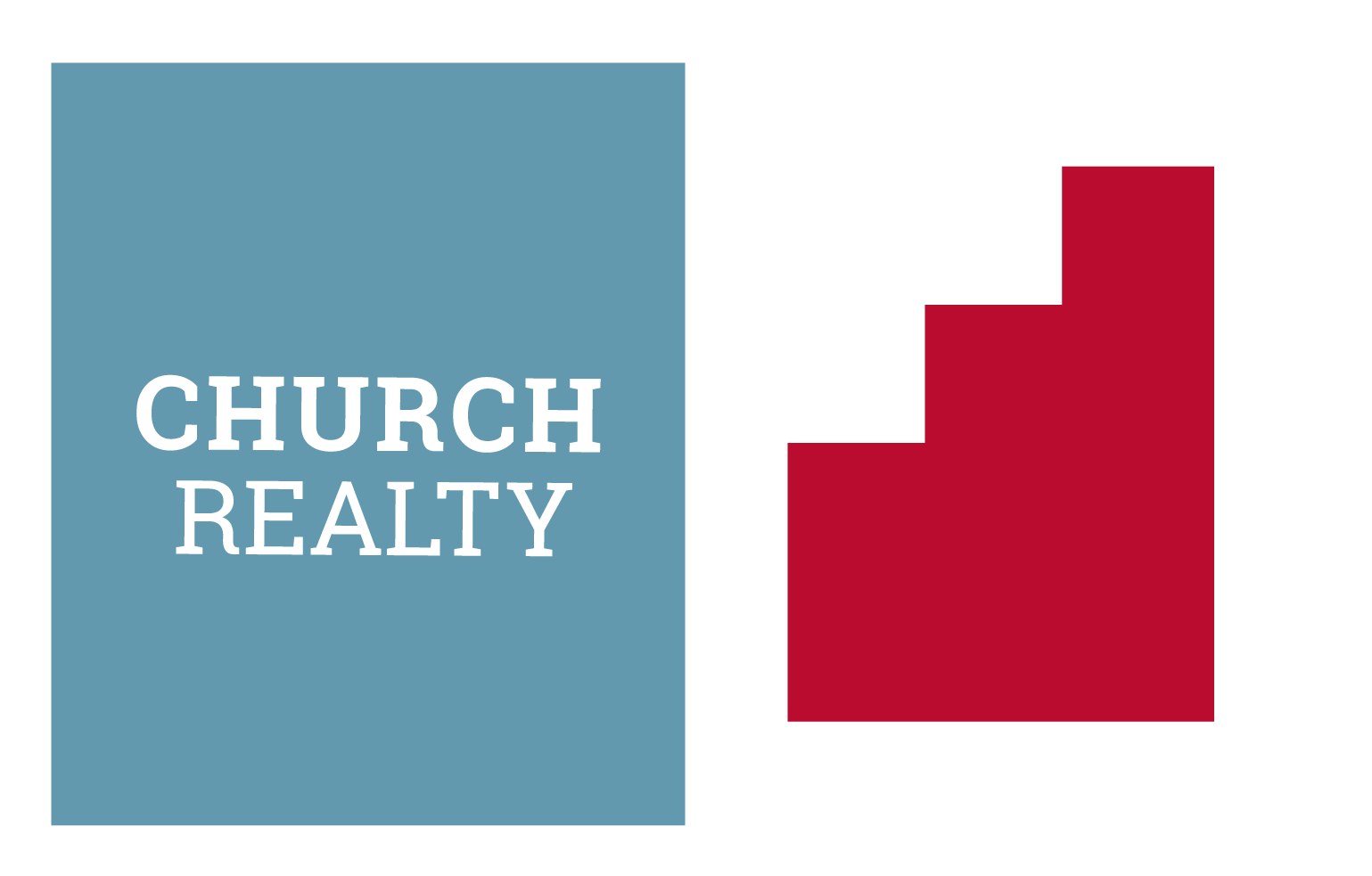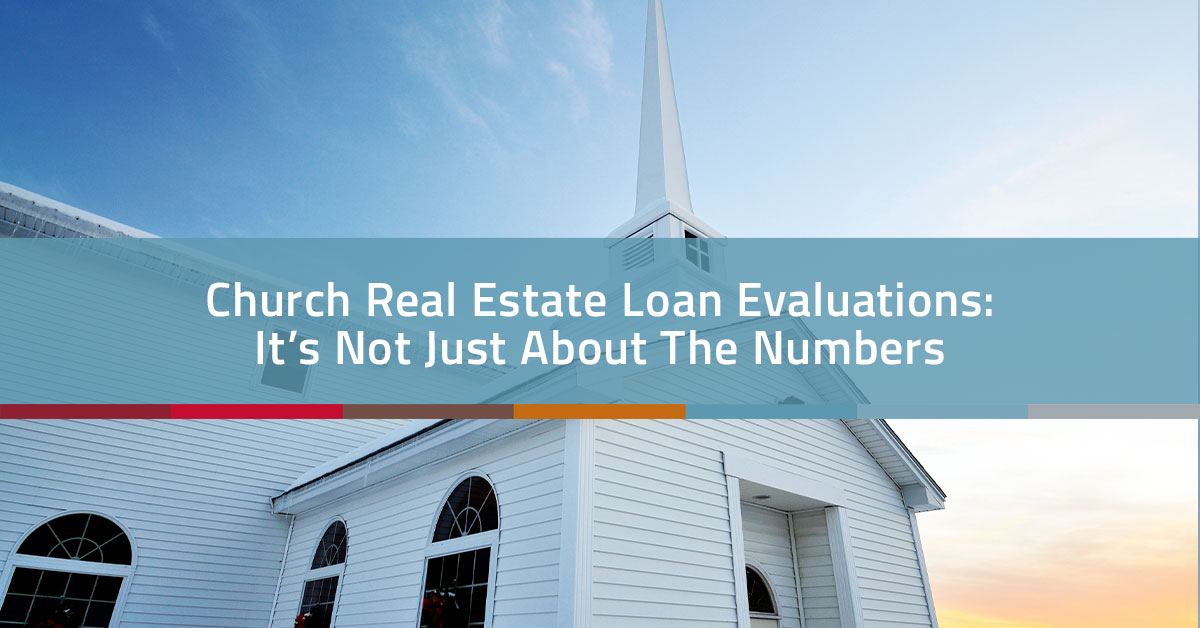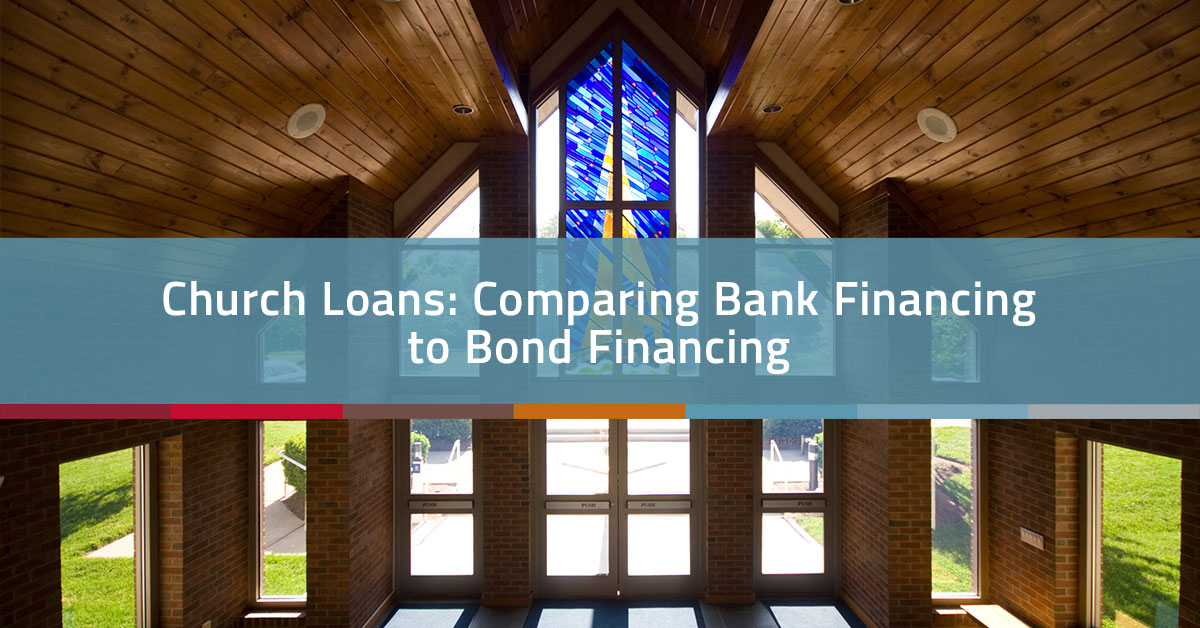Banks tend to be the “go-to” option for church loans and school loans. This is probably due to the familiarity people have with banks; after all, people drive past banks everywhere they go. It’s not too often, however, that they run across bond underwriting companies and investment banks on the way to and from work. This lack of familiarity often causes organizations to overlook bond financing as a viable option.
The purpose of this article is to help you better understand some of the critical differences between funding your project with a bank loan versus a bond offering.

There are four significant differences between bank and bond financing.
- Fee Structure
- Establishing Interest Rates
- General Terms
- Time Needed to Fund
Fee Structure
Banks make interest (i.e., profit) over the life of a loan and are not as dependent upon the upfront fees for their business model to work. It’s also important to note the costs associated with closing the church loans must be paid upfront with cash on hand.
Bond companies, on the other hand, do not hold loans on their books. The bonds that are issued are purchased by individual or institutional investors. Those investors are the ones that make money on the interest earned from the bond. Because of this, bond companies and investment banks make a profit by charging upfront fees to help structure and issue the bond offerings.
Bond fees are primarily influenced by the way the bonds are offered for sale. There are three basic options.
Option 1 – Sell the bonds internally (to church members, for example)
Option 2 – Sell the bonds to outside investors
Option 3 – Some combination of Options 1 and 2
Selling the bonds internally tends to be a less expensive option. Many churches do not prefer this approach, so they direct the bond broker to sell to outside investors while making bonds available to members who may be interested in investing in them.
Unlike bank fees, a bond structure will often allow fees to be reimbursed as part of the bond offering. This allows the church to finance the fees along with the rest of the project over the life of the bonds.
Establishing Interest Rates
When it comes to establishing interest rates, the biggest difference between bank loans and bond offerings has to do with who sets the interest rate. In a bank loan, the bank determines the rate. In a bond offering, the issuer determines the rate.
As you can imagine, there is a lot that goes into establishing what an interest rate should be in either case. Interest rates established by a bank are influenced by things like cost of funds, health and condition of their overall portfolio, and their general appetite for lending to ministries and schools.
Establishing an interest rate for a bond offering can be as simple as asking the following question.
What does the interest rate need to be to attract investors?
Of course, the type of bond issued has an impact on the rate as well. For example, taxable bonds tend to pay a higher yield than tax-exempt bonds. Even though it is possible for a church to issue tax-exempt bonds, there are additional restrictions on this type of bond offering.
General Terms
Banks seldom, if ever, issue an actual 25-year loan commitment. Even though payments can be amortized over 25 years, the terms require clients to go through a formal re-qualification and renewal process every five to seven years. This often results in additional fees and a potentially higher interest rate. What may look like a 20-25 year loan on paper is no more than a five to a seven-year commitment that can potentially be extended.
With a bond offering, interest rates are established and fixed for the entire term of the loan. When the economy is such that interest rates are low, a bond structure could be an excellent option to help protect against the risk associated with potentially rising interest rates that are associated with bank loans.
Time Needed to Fund
Whereas a typical bank loan can be funded within 60 days of application, a bond offering can take several months. Banks use their available capital to fund loan requests. Bond financing must account for the time needed to sell the bonds. This process takes more time.
The Right Choice for Your Church Loans
Working with a bond company is different than working with a bank. Each has a way to evaluate potential clients. Each company has a unique process that clients must follow to receive the funds once approved.
In the end, there is no one size fits all approach to church loans. Our biggest goal at Church Realty is to help you understand all the options available to you, so you can decide what makes the most sense for your project and needs.
Would you like to speak with someone about your financing options? If so, complete the form linked here, and we will be in contact with you soon.






